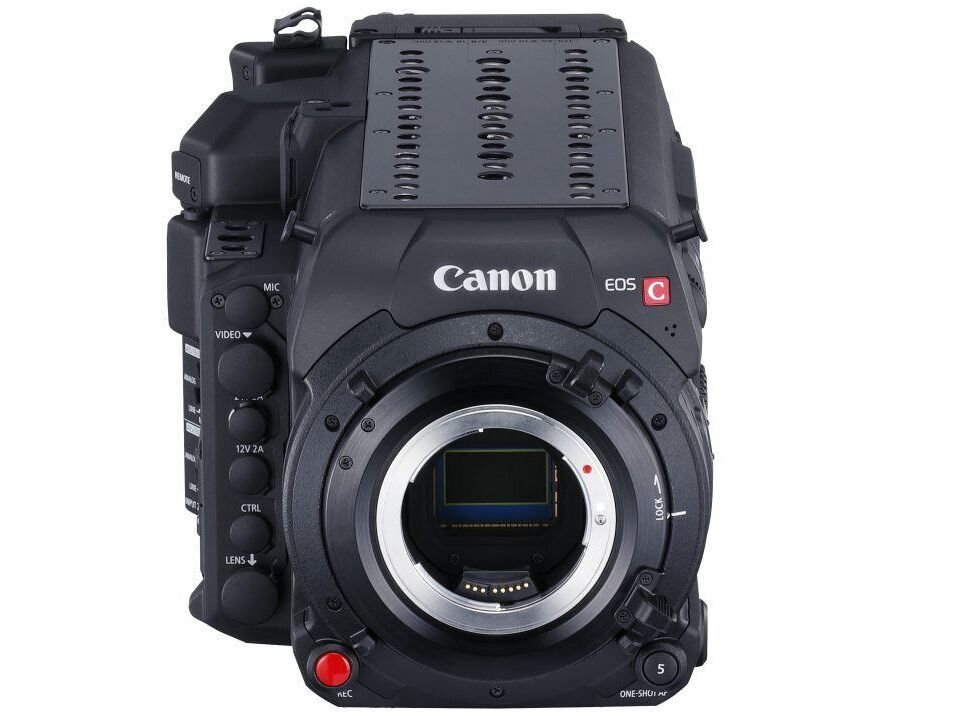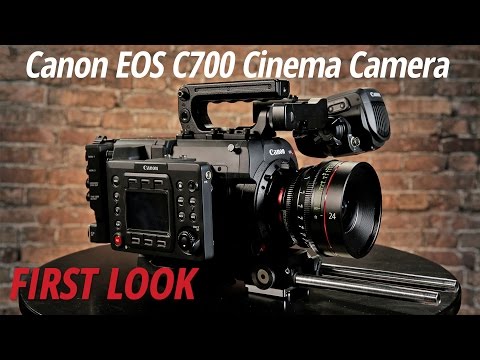Welcome to the Big Leagues, Canon! Reaction to the C700


For years, Canon has been well known for its photography, broadcast and cinema lenses, even having some success with their Cinema EOS range, but has never really had a higher-end cinema camera. Until now.
Yesterday, I was boring the chaps in the office with the news that Canon had developed a global shutter CMOS sensor.
As per usual, their semi-appreciative groans echoed around the office, as they probably should, because I mean, what right minded person gets excited about this kind of thing? Me, that’s who.
So here I am today, savouring my last sips of morning coffee, gazing smugly upon what seems to be a damn strong statement of intention from Canon, who to be honest needed to release something to take people’s minds off the 5Dmk4, which is taking an absolute battering from pretty much everyone who first bought into the 5Dmk2 for video in 2011 (myself included).
It seems that as Canon half-heartedly bows out of the DSLR video market, they’ve dived head first into a brand new fist fight, one where they find themselves weighing in against competitors such as the Arri Amira, Panasonic Varicam and Sony F55.
Not the easiest market to break into, but from the initial specs (which I’ve lifted from the kind folk at Cinescopophilia), it looks to be a damn interesting prospect.
Reading the C700 crib sheet, this camera ticks a lot of boxes:
- 15 stops of dynamic range(or just under for the GS model)
- Global Shutter
- 4K ProRes INTERNALLY
- 120 fps 4K RAW recording
- EF & PL mounts
- A nice internal ND filter system
- Canon colour science and those tasty, tasty skin tones (imagine that with Cooke Optics…dribble)
All of this does sound enticing, however as with all cameras there are a few caveats: no anamorphic de-squeeze support, cropped sensor slow motion shooting, and having to buy an external Codex system to get the most out of the camera’s potential.
What does this all mean? Will I be scratching the Amira off of the rental list on my next project? At this moment, no. Not as a single proprietary system at least.
What does excite me is the option to use this camera as an A-cam on a multi-cam shoot, whereby you could arm other shooters with other cameras from the Cinema EOS range of which there are plenty of options.
Of course, you could do this with Sony’s F range too, but as someone who often colours his own footage, the idea of being able match colour sciences pleases me greatly and having two different camera manufacturers that do this really gives some options to work with.
Looking forward to seeing some more footage released. Fingers crossed, I’ll get a chance to try it out soon.

Lewis Jelley
Director Of Photography, Storm & Shelter
lewis@stormandshelter.com
